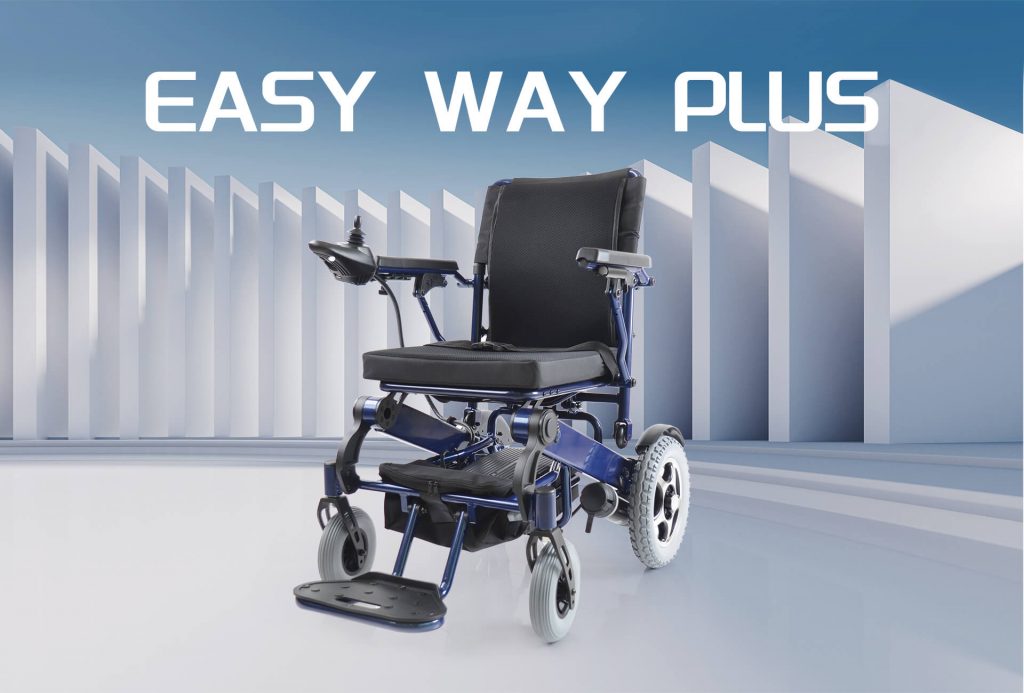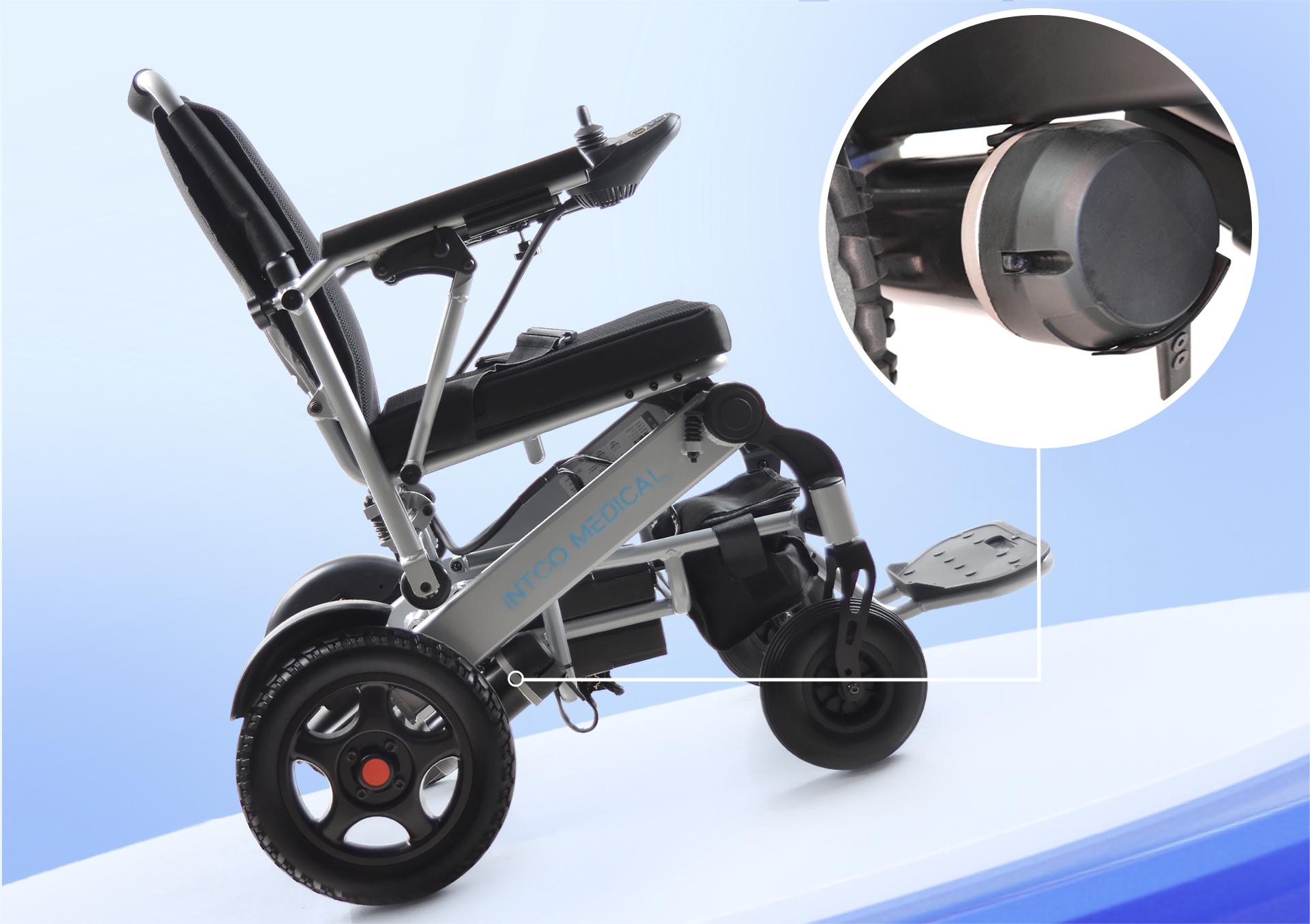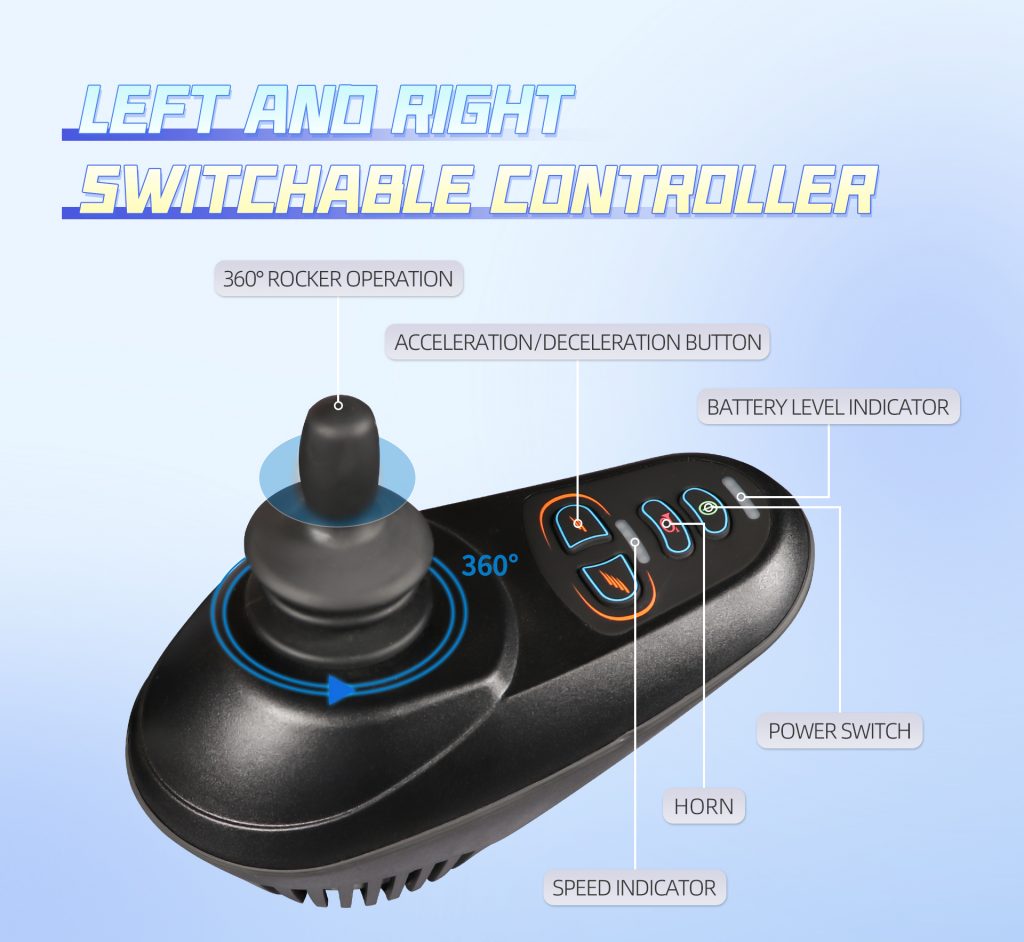Contact Us
Navigating Life Understanding Challenges for Power Wheelchair Users
Living life as a power wheelchair user presents unique challenges that many people may not fully understand. These challenges encompass various aspects of daily living, from accessibility issues to social interactions and beyond. Addressing these challenges requires a multi-faceted approach involving better infrastructure, public education, reliable equipment maintenance services, financial support, and accessible healthcare options. By understanding and addressing these issues, we can create a more inclusive society where everyone has the opportunity to navigate life with greater ease and independence.
Everyday Mobility Obstructions
Lack of Proper Access
Users often face considerable challenges due to insufficient ramp access. Numerous buildings and public spaces still lack ramps or feature ramps that fail to comply with accessibility standards, leading to steep slopes that are difficult to maneuver. Inadequately designed ramps can also create hazards, such as the risk of tipping over or becoming stuck. Even when ramps are available, they may be obstructed by parked vehicles, debris, or other barriers, making it hard for users to enter or leave buildings on their own.
Difficulties with Elevators and Lifts
Another common challenge for power wheelchair users is the difficulty in accessing elevators and lifts. Elevators can be too small or poorly maintained, creating a stressful situation when they are needed to access different floors in a building. Sometimes, elevator buttons are placed too high to be easily reached from a seated position, or the doors close too quickly, limiting the time required for a wheelchair to enter and exit safely. When lifts break down or are out of service, the alternatives often involve difficult or impassable staircases, severely restricting mobility.
Uneven Sidewalks and Road Conditions
Outdoor travel presents its own set of challenges for power wheelchair users. Uneven sidewalks with cracks, gaps, or large tree roots can make travel dangerous and unpredictable. Poorly maintained road conditions, such as potholes and lack of curb cuts, further exacerbate these problems. The products are designed to handle a variety of terrains, but extreme unevenness or lack of appropriate pathways can cause mechanical issues or even accidents. These challenges can make simple tasks, such as going to a local store, daunting and risky.
But our electric wheelchair Easy Way Plus is equipped with electromagnetic brake, which can better control road conditions such as going up and down hills.
Weather-Related Challenges
Weather conditions also significantly impact the mobility. Rain, snow, and ice create slippery surfaces that can cause wheels to lose traction, leading to potential falls or getting stuck. Additionally, extreme cold or heat can affect the battery life and functionality of a power wheelchair, possibly leaving the user stranded. Weather can also impact the availability of public transport, further complicating outdoor travel. Preparing for and managing these conditions often requires additional planning and resources, which can be both time-consuming and costly.
In rain and snow, we need to precisely control the direction of the wheelchair. This electric wheelchair can control it quickly and easily.
As one of the famous brands in the production and manufacture of medical wheelchairs and mobility scooters, INTCO Medical is a high-tech manufacturing company committing to R&D, production and marketing of medical consumables and durable medical equipment with main business covering medical consumables, rehabilitation equipment, physiotherapy care, etc.
Up to now, with a good product reputation, INTCO Medical has been exported products to more than 120 countries and regions in America, Europe, Asia, Africa and Oceania, which is providing practical products and high-quality services to over 10,000 clients.
Emotional and Social Barriers
Stigma and Misconceptions
Beyond physical obstacles, emotional and social barriers significantly impact power wheelchair users. There is a stigma and many misconceptions about the abilities and needs of individuals using power wheelchairs. Often, people assume that wheelchair users cannot live independently or are reliant on others for most activities. This stigma can influence personal relationships, job opportunities, and overall self-esteem. Addressing these misconceptions necessitates continuous education and advocacy, adding to the burdens faced by individuals already encountering numerous challenges.
Limited Social Interaction Opportunities
The users also frequently encounter limited opportunities for social interaction. Locations where social activities occur, such as restaurants, theaters, or community centers, may not always be accessible. This limitation can result in social isolation and a sense of exclusion. Additionally, social barriers can be compounded by the lack of accessible transport options, making it difficult to visit friends and family or attend social events. The emotional toll of social isolation can be profound, affecting mental health and overall well-being. Ensuring inclusive environments where power wheelchair users can interact freely and comfortably is vital for fostering a sense of community and belonging.
Technological and Maintenance Hurdles
Battery Life and Reliability Concerns
The longevity of a battery is crucial to the performance of a power wheelchair. Even with modern improvements in battery technology, many users worry about the duration their wheelchair batteries can sustain during the day. Charging points are not always easily found, particularly when traveling outdoors or in public places, which raises concerns about the risk of depleting battery power. The dependability of the battery is also key to a user’s autonomy; an unreliable battery can suddenly disrupt daily routines, potentially leaving individuals stranded. Consistent maintenance and replacement of batteries are necessary but can be both time-consuming and costly.
In our products, the battery life will be extended as far as possible to provide users with better service.
High Costs
The high costs associated with acquiring a power wheelchair can be a significant obstacle. These advanced mobility devices are often priced at several thousand dollars, depending on the complexity and customization required. Many individuals and families find it difficult to afford a power wheelchair without financial assistance. The initial investment is substantial, and additional costs for accessories, custom fittings, and ongoing maintenance further add to the financial burden. This high cost can deter individuals from upgrading older models or purchasing a power wheelchair in the first place, limiting their mobility options.
However, our company also offers manual wheelchairs which are relatively cheaper.
By elaborating on these technological, maintenance, and financial challenges, it becomes clear just how difficult navigating life can be for power wheelchair users. These issues highlight the need for enhanced public awareness, better infrastructure, and more comprehensive insurance policies to support those reliant on power wheelchairs. Addressing these obstacles is essential for fostering an inclusive society where power wheelchair users can lead independent, fulfilling lives.
Jiangsu Intco Medical Products Co., Ltd, a branch of Intco Medical, focuses on the research, production, and marketing of rehabilitation equipment and therapy products. We specialize in manual and electric wheelchairs, mobility scooters, transfer machines, walking aids, commode chairs, and canes. With hundreds of automated machines, we can produce 1,000,000 manual wheelchairs and 100,000 electric wheelchairs annually, serving over 66 countries and regions worldwide.
Strategies for Overcoming Challenges
Advocacy for Improved Accessibility Standards
One effective strategy to address the difficulties encountered by power wheelchair users is to advocate for enhanced accessibility standards. By advocating for more stringent regulations and better enforcement of current laws, communities can help ensure that buildings, streets, and public transportation systems become more accessible. This involves requiring suitable ramp access, wider doorways, and well-maintained elevators. Enhanced standards can greatly reduce the daily challenges faced by users, enabling them to move through their environments more independently.
Community Support Networks and Resources
Community support networks play a crucial role in helping users manage their day-to-day challenges. These networks provide a platform for individuals to share experiences, advice, and resources. Support groups and online forums offer emotional support and practical tips for navigating life with a power wheelchair. Additionally, community organizations often provide services such as transportation assistance, home modification advice, and advocacy on behalf of wheelchair users. These resources help individuals feel less isolated and more empowered, knowing that they are part of a supportive community that understands their struggles and is dedicated to improving their quality of life.
Innovations in Wheelchair Technology
Technological advancements have the potential to significantly enhance the lives of power wheelchair users. Innovations in wheelchair technology are continually evolving, offering more advanced features that improve mobility and comfort. For example, newer models include better battery life, enhanced stability, and more intuitive control systems. Features such as voice control and autonomous navigation are also being developed, which can further enhance independence and safety for users. By staying informed about these innovations, users can take advantage of the latest technologies to overcome some of the physical and logistical challenges they face. These advancements not only improve functionality but also contribute to an overall better quality of life.
Continued advancements and effective advocacy can collectively address many of the significant challenges identified, providing the tools and support necessary for power wheelchair users to lead more independent and fulfilling lives.





